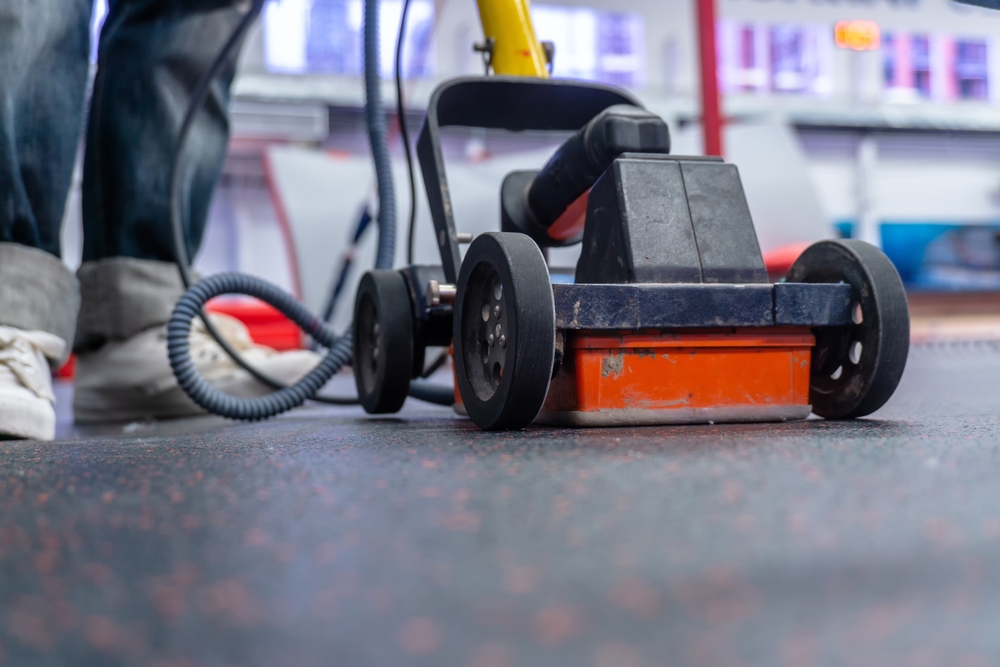Ground Penetrating Radar Uses in Construction

If you’re planning any building projects which involve digging, you must ensure that you know what lies beneath the ground. This is where Provac’s Ground Penetrating Radar technology comes in!
Ground penetrating radar is a great tool for construction projects. It is a relatively inexpensive way to determine the depth of subsurface material. Unlike other methods such as excavation, which causes noise and pollution, ground penetrating radar is quiet and ideal for urban areas.
What are the applications of GPR?
Ground penetrating radar is an advanced technology that uses radio waves to detect anomalies in the ground. The technology can detect metals, cables, and other objects in the ground. It can also detect changes in the composition of the soil. As a result, ground penetrating radar is used in a wide variety of construction projects. It can also be used to check the structural strength of a building. For example, the technology can identify voids and cracks in a concrete slab.
Ground penetrating radar can also be used in forensics and archaeology to detect subsurface objects and stratigraphy. Because the radar signals reflect off different materials and objects below the surface, they can be used to determine their size, shape, and depth. The data from ground penetrating radar can then be plotted in profile or plan view maps.
This technology can be used to detect metal objects, cracks, voids, and other changes to the subsurface. This technology can detect these differences even in dense materials like rock or soil.
GPR is a relatively inexpensive technology for surveying subsurface features. Unlike X-ray examinations, GPR only requires scanning one side of a surface and varies in frequency to achieve a range of resolution and penetration depths. It is less costly than other survey methods and does not disturb the ground.
How Accurate Is GPR?
Compared to other survey methods, ground penetrating radar (GPR) is highly accurate in mapping objects beneath the ground. However, some factors can affect the accuracy of the results. For example, materials that are dense in the near-surface can decrease the radar’s penetration depth. Ideal conditions for GPR include dry, sandy soil, or dry material such as granite, limestone, and concrete. I n optimum conditions, GPR can penetrate up to 15m below the surface. In areas where the soil is moist or comprises of clay, the penetration will be much shallower. Generally, reliable readings can be taken at around 3 to 4 metres down.
Is GPR Expensive?
Ground penetrating radar is a relatively inexpensive method of locating underground utilities. The cost of this method varies depending on the type of GPR used and the type of subsurface utility. A high-frequency GPR scan is more accurate than a low-frequency one, but the resolution is lower.
Ground penetrating radar systems come with several components. The base unit is typically a rolling box. It resembles a lawnmower but has a more sophisticated system. A low-cost radar unit should include a radar emitter, a cart, a battery, and basic acquisition software. Provac uses the very latest in GPR technology to ensure that you get the most accurate readings possible.
GPR and ‘Before You Dig’ Plans
The biggest reason that you may need to use GPR is if you’re planning any construction involving digging or excavating. Before you even so much as take off the first layer of soil, you need to have a Before You Dig plan. This is to ensure that you don’t inadvertently dig into any essential infrastructure such as water mains, gas pipes, or electrical cabling. Indeed, should you penetrate any one of these things while digging or excavating, you can cause immense damage to your neighbourhood and infrastructure.
How Can We Help?
We are a proud supplier of GPR services across Victoria. We will ensure that any construction project that you have planned can go ahead without disturbing any below-the-ground-infrastructure.
To learn more, please see here.
To chat to us about our services, please call 1300 734 772, or contact us here.
Victoria Division
- Monday - Sunday: 24 Hours
